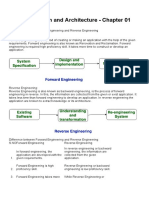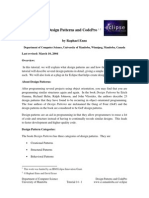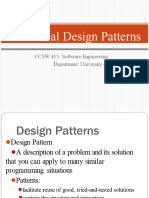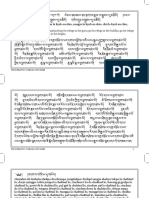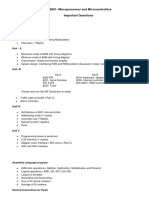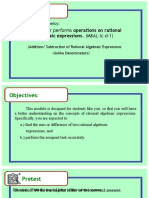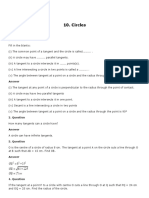0% found this document useful (0 votes)
102 views16 pagesCreational Patterns & Java Concepts
The document discusses three design patterns - Singleton, Factory, and Abstract Factory patterns.
It provides code examples for each pattern in Java. The Singleton pattern ensures only one instance of a class can be created. The Factory pattern generates objects without revealing creation logic. The Abstract Factory pattern produces families of related objects without specifying their concrete classes.
Uploaded by
Neha AsimCopyright
© © All Rights Reserved
We take content rights seriously. If you suspect this is your content, claim it here.
Available Formats
Download as PDF, TXT or read online on Scribd
0% found this document useful (0 votes)
102 views16 pagesCreational Patterns & Java Concepts
The document discusses three design patterns - Singleton, Factory, and Abstract Factory patterns.
It provides code examples for each pattern in Java. The Singleton pattern ensures only one instance of a class can be created. The Factory pattern generates objects without revealing creation logic. The Abstract Factory pattern produces families of related objects without specifying their concrete classes.
Uploaded by
Neha AsimCopyright
© © All Rights Reserved
We take content rights seriously. If you suspect this is your content, claim it here.
Available Formats
Download as PDF, TXT or read online on Scribd
/ 16










